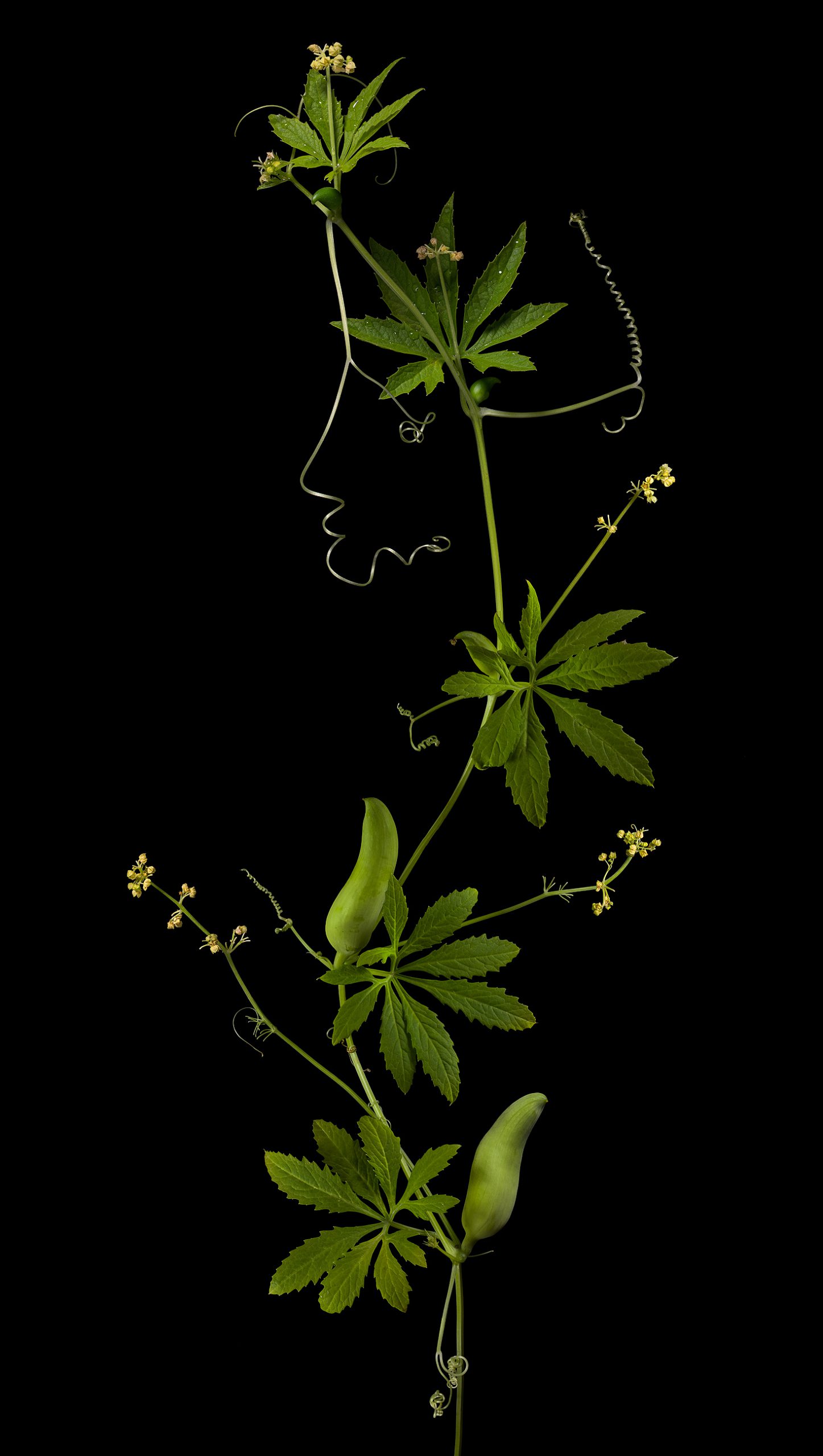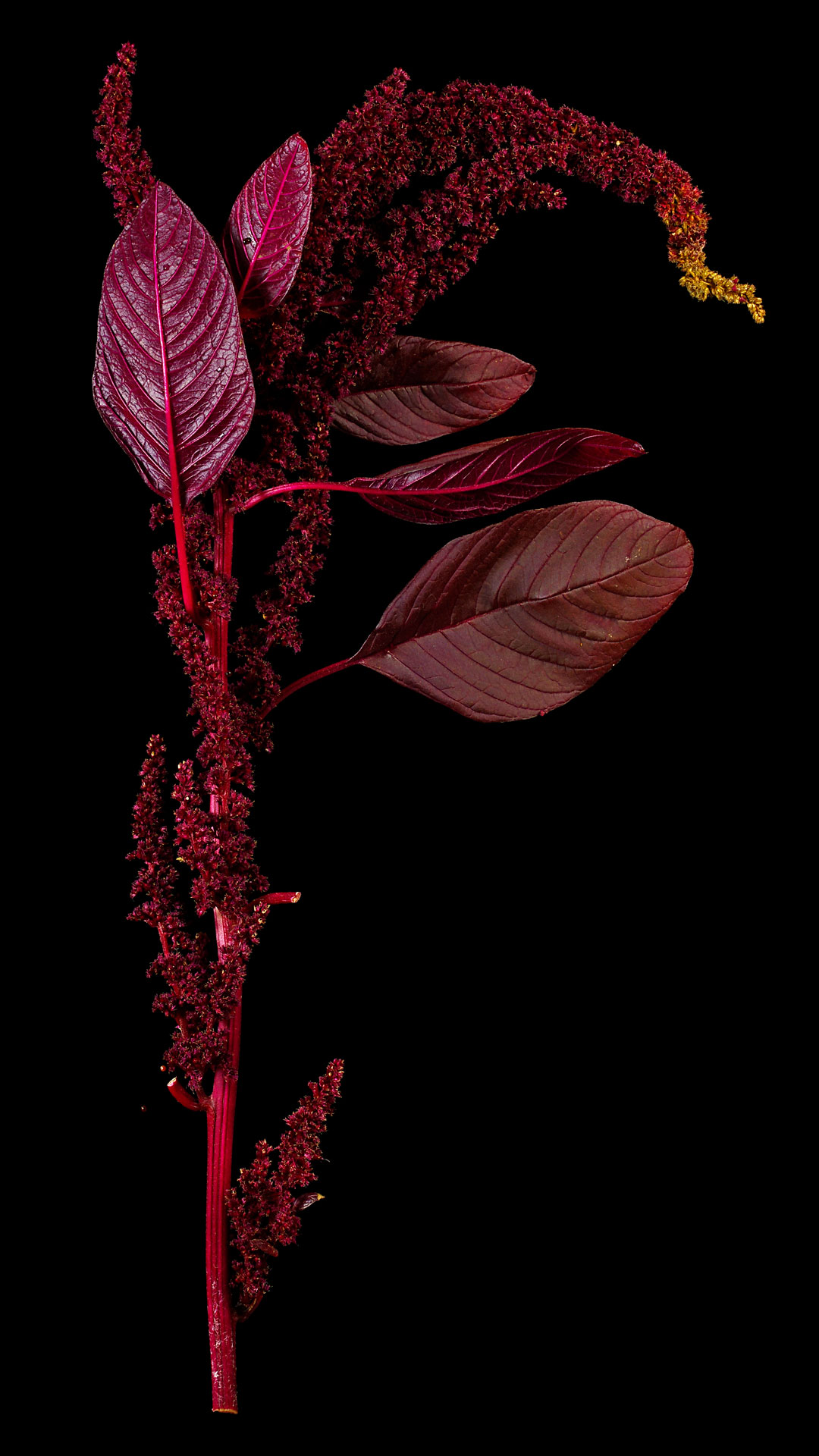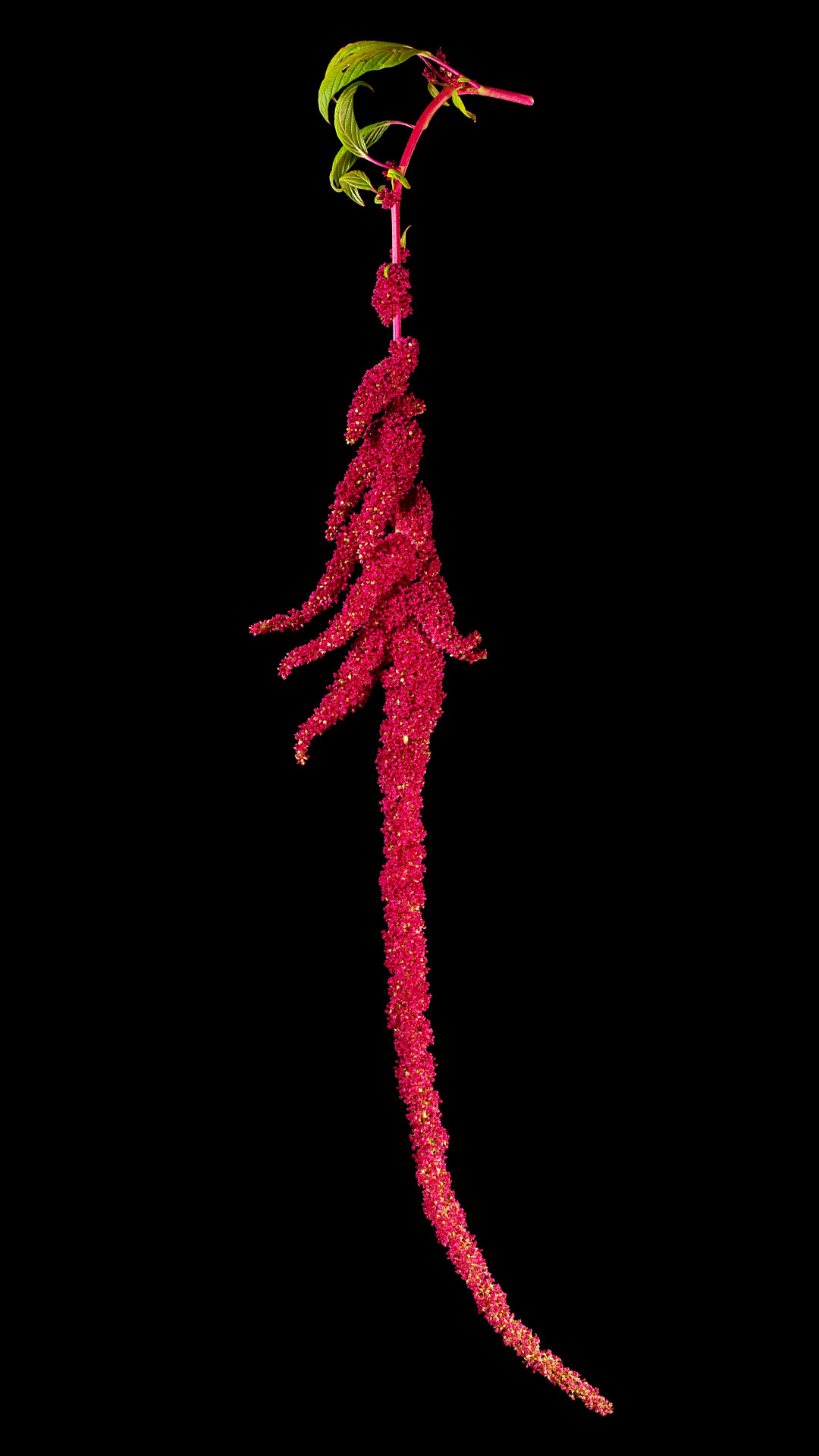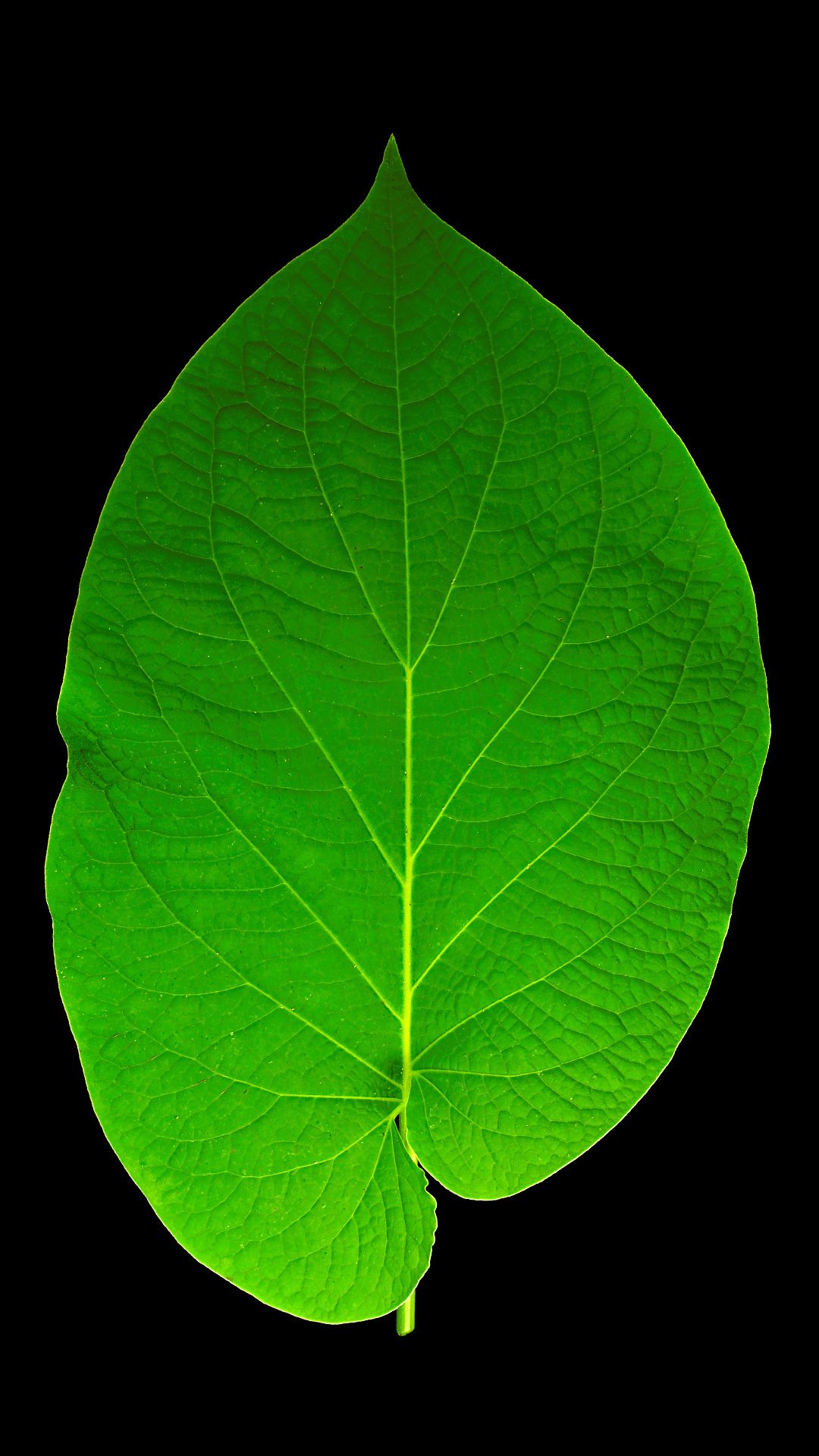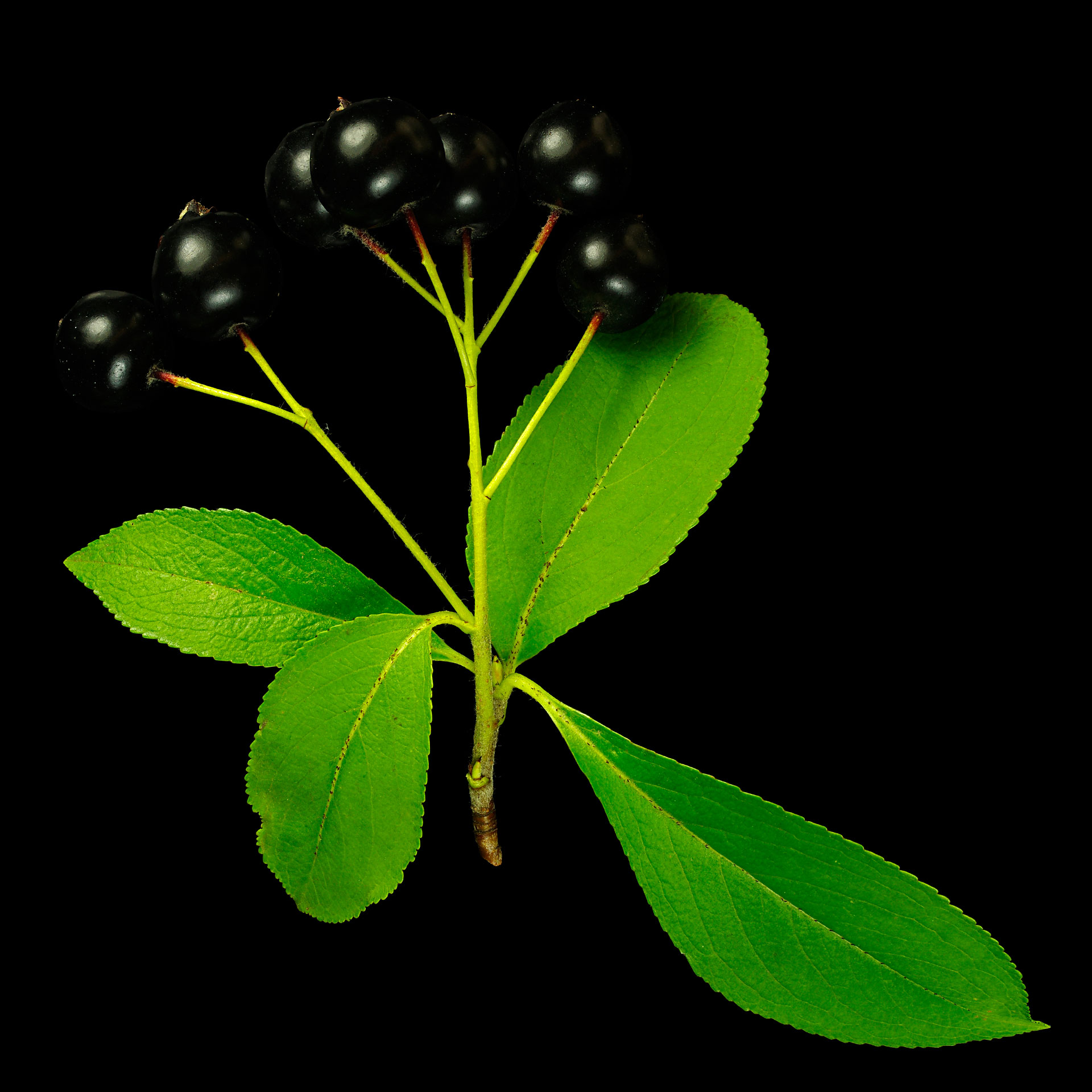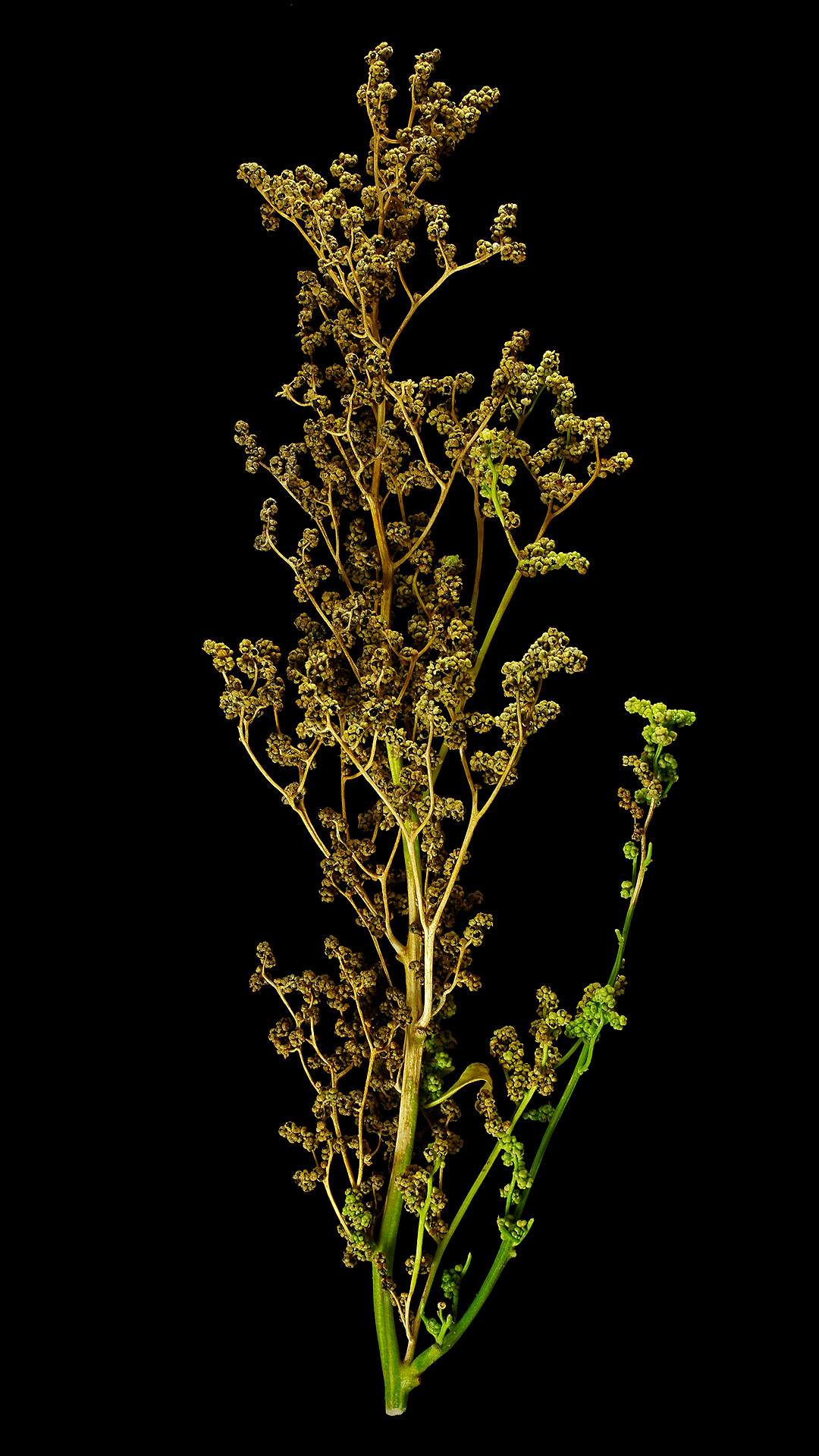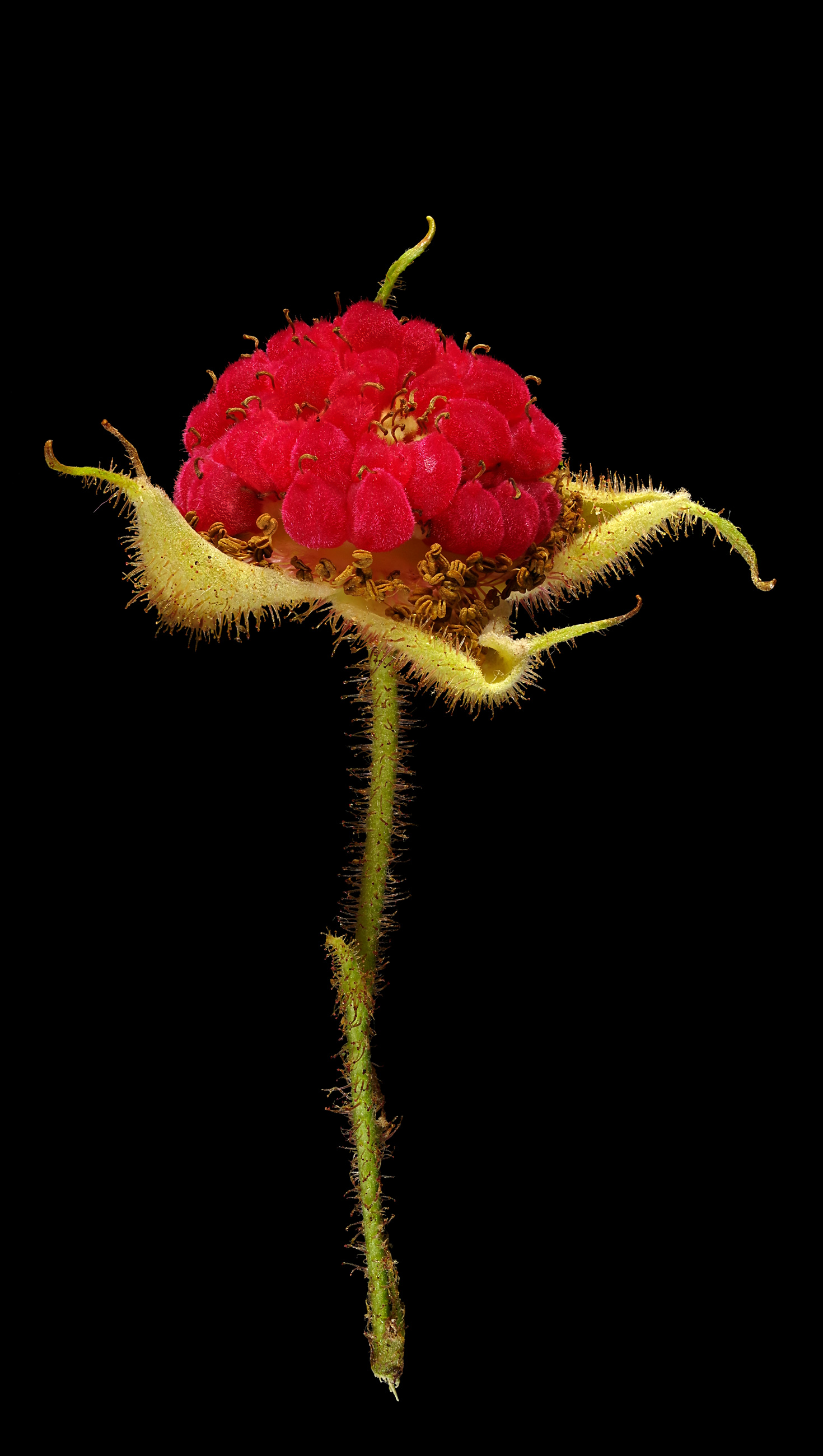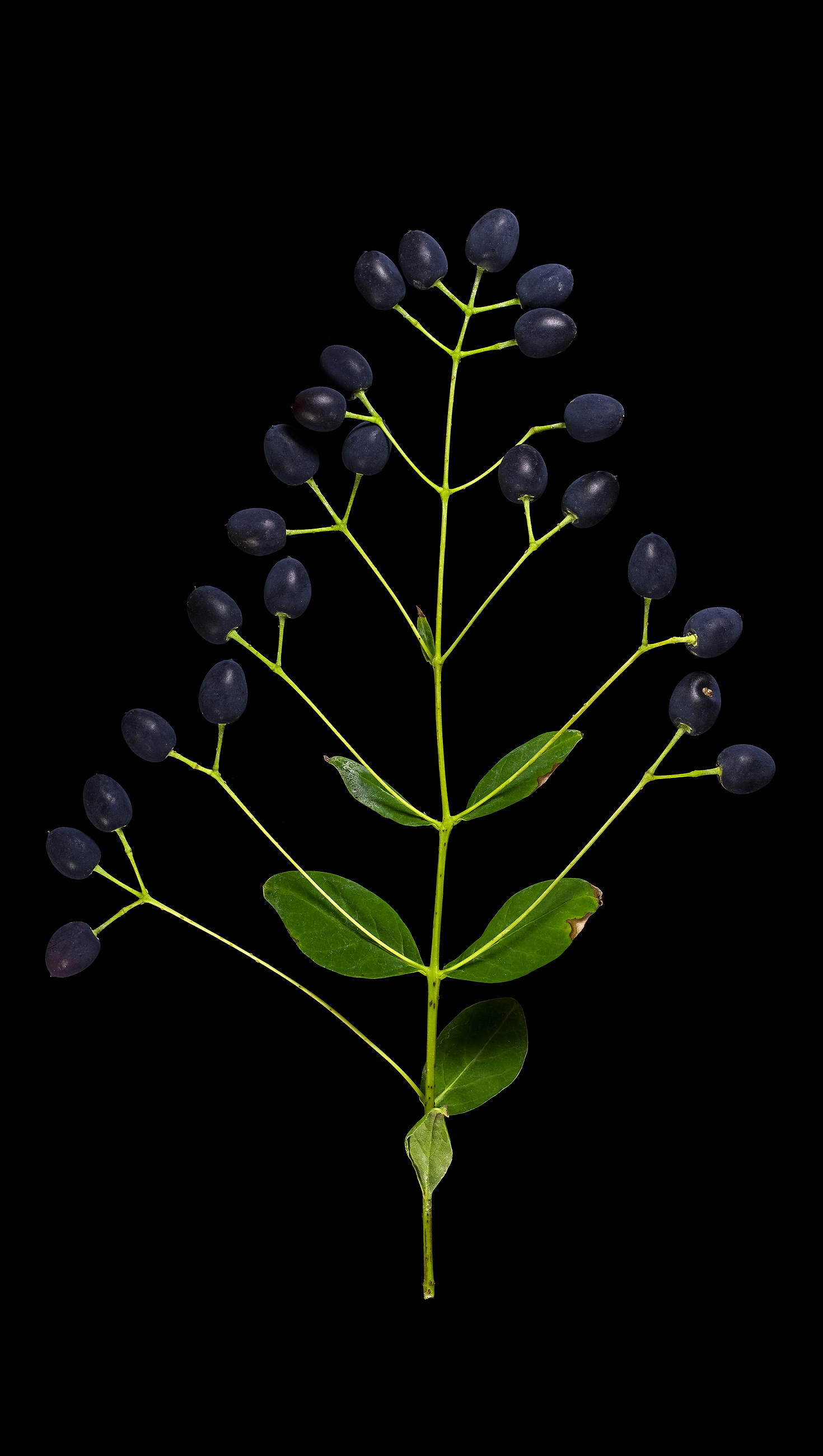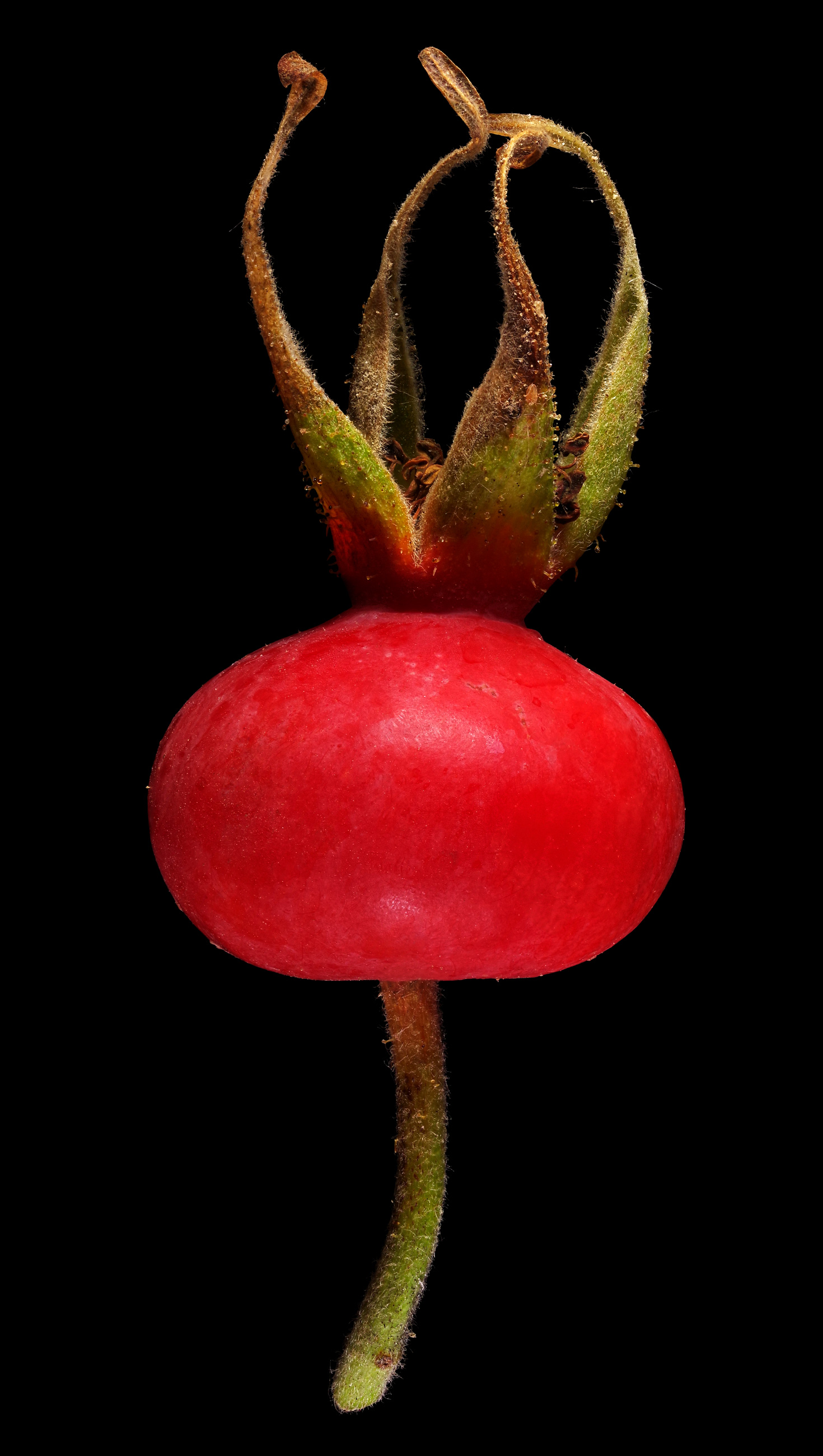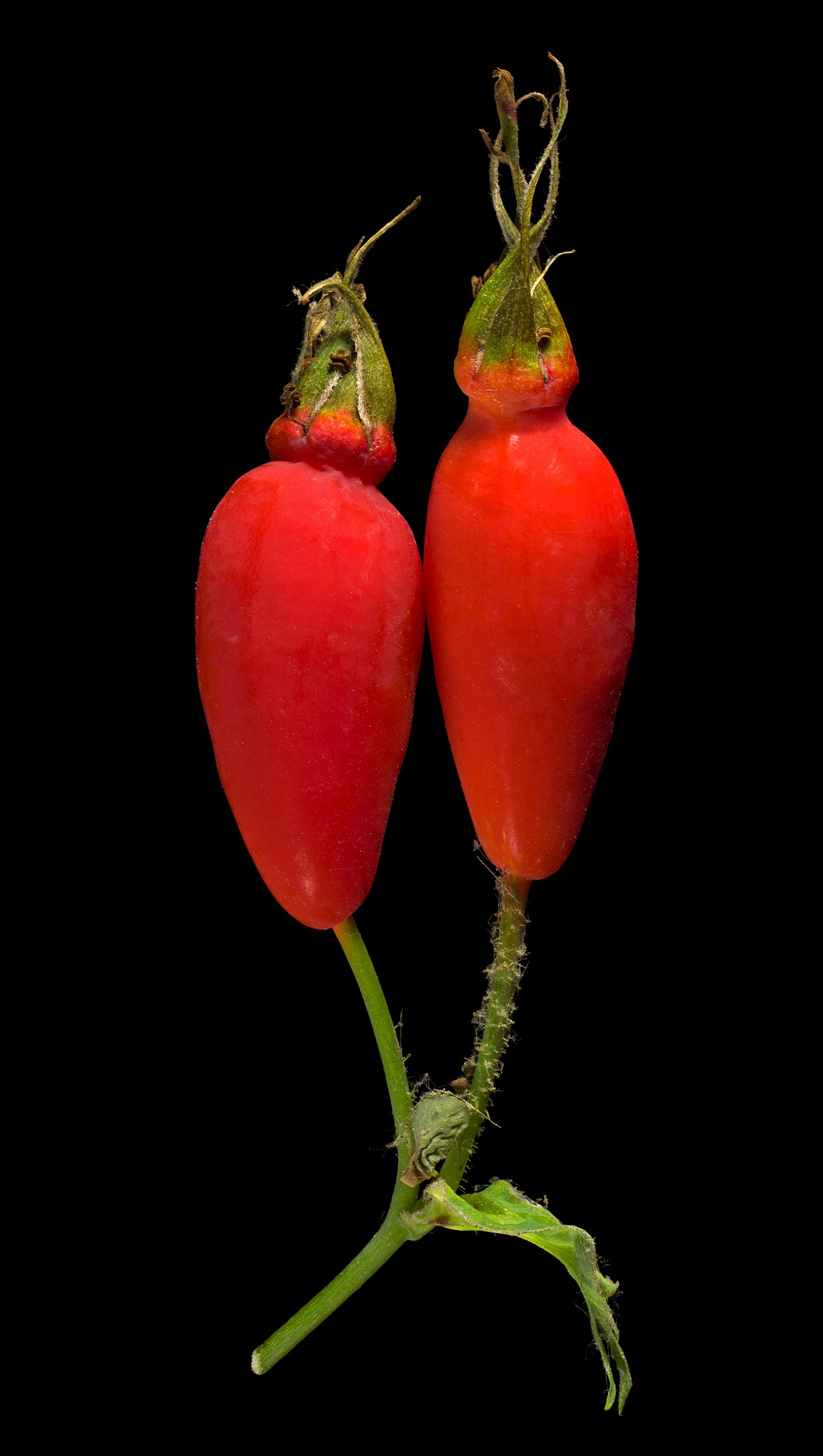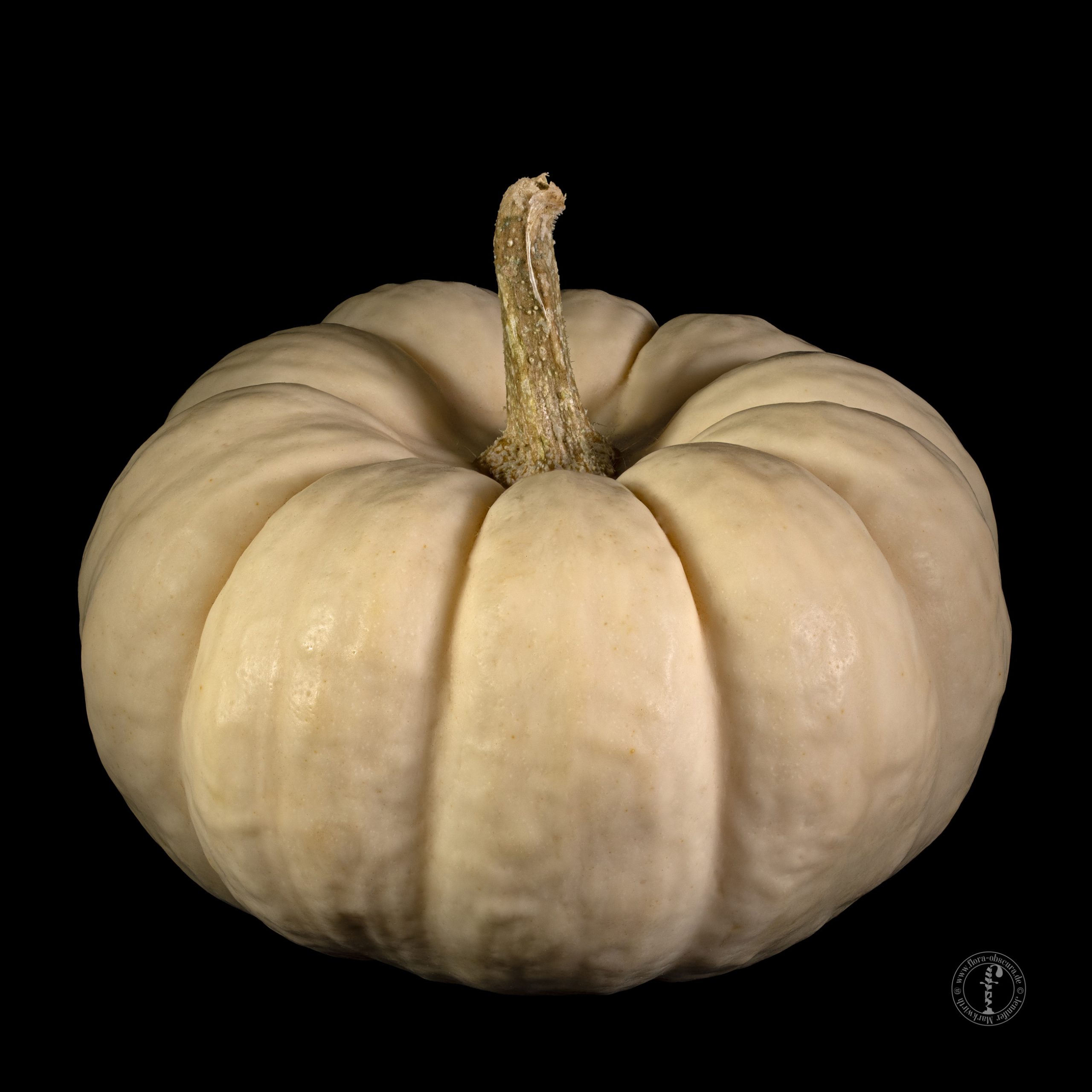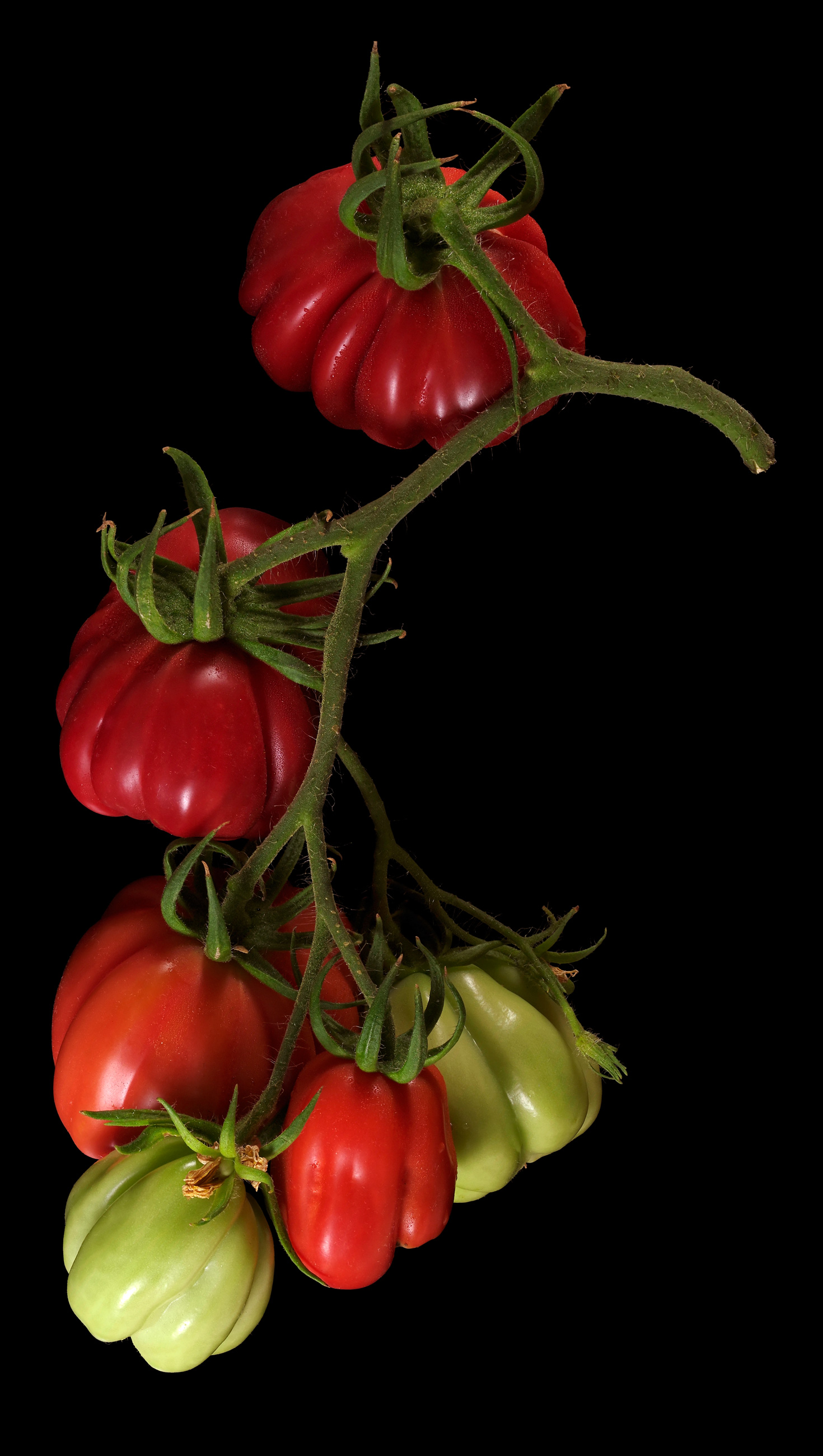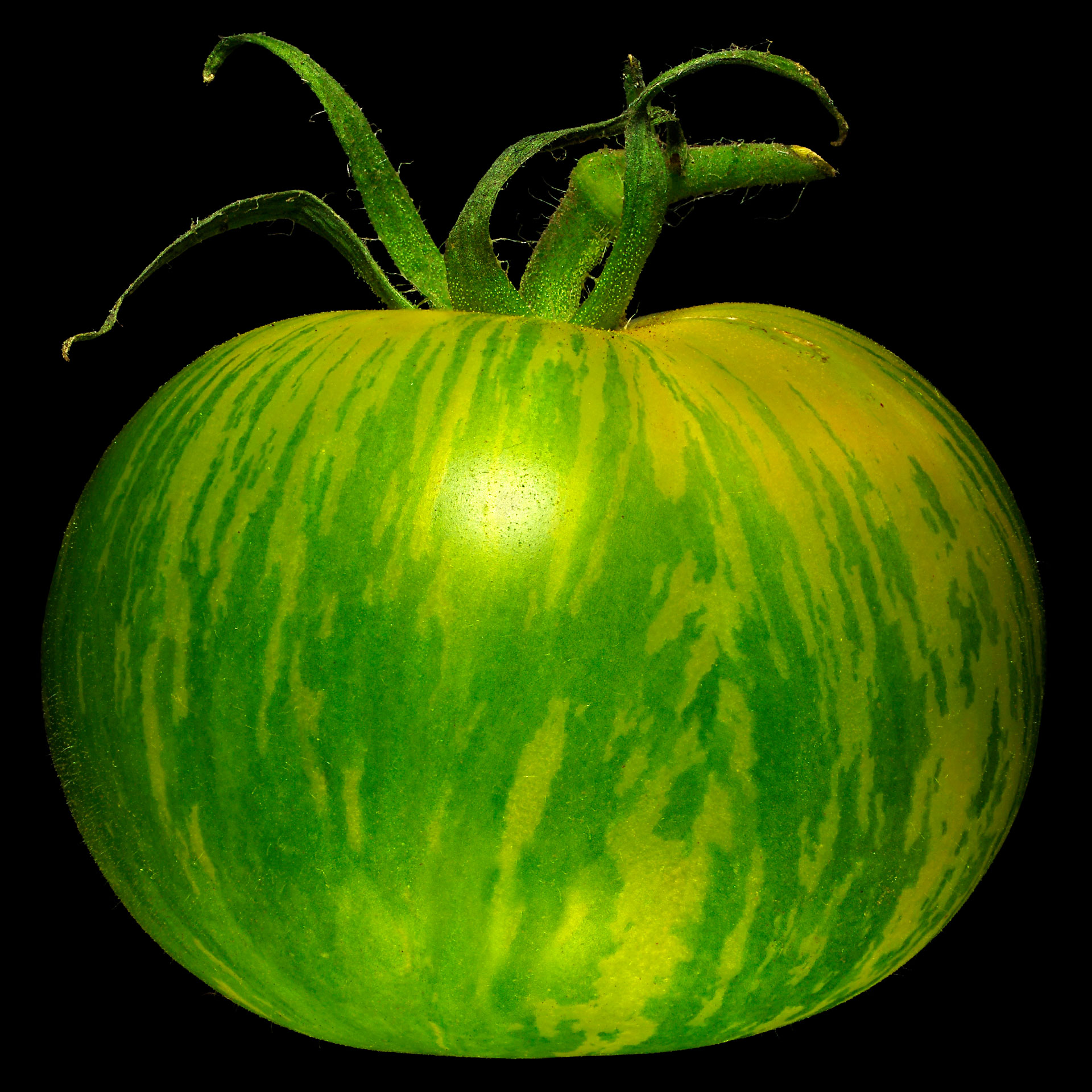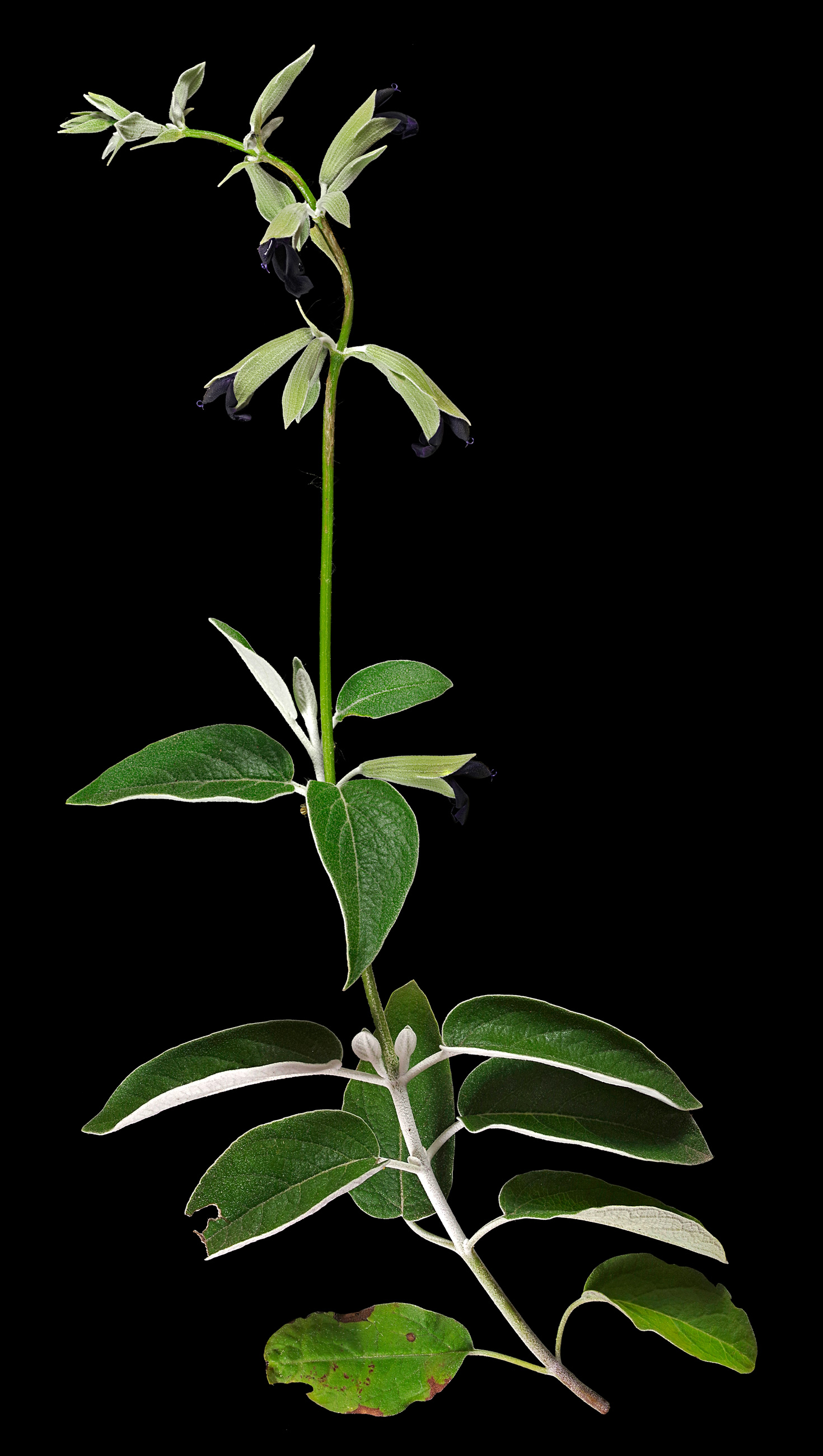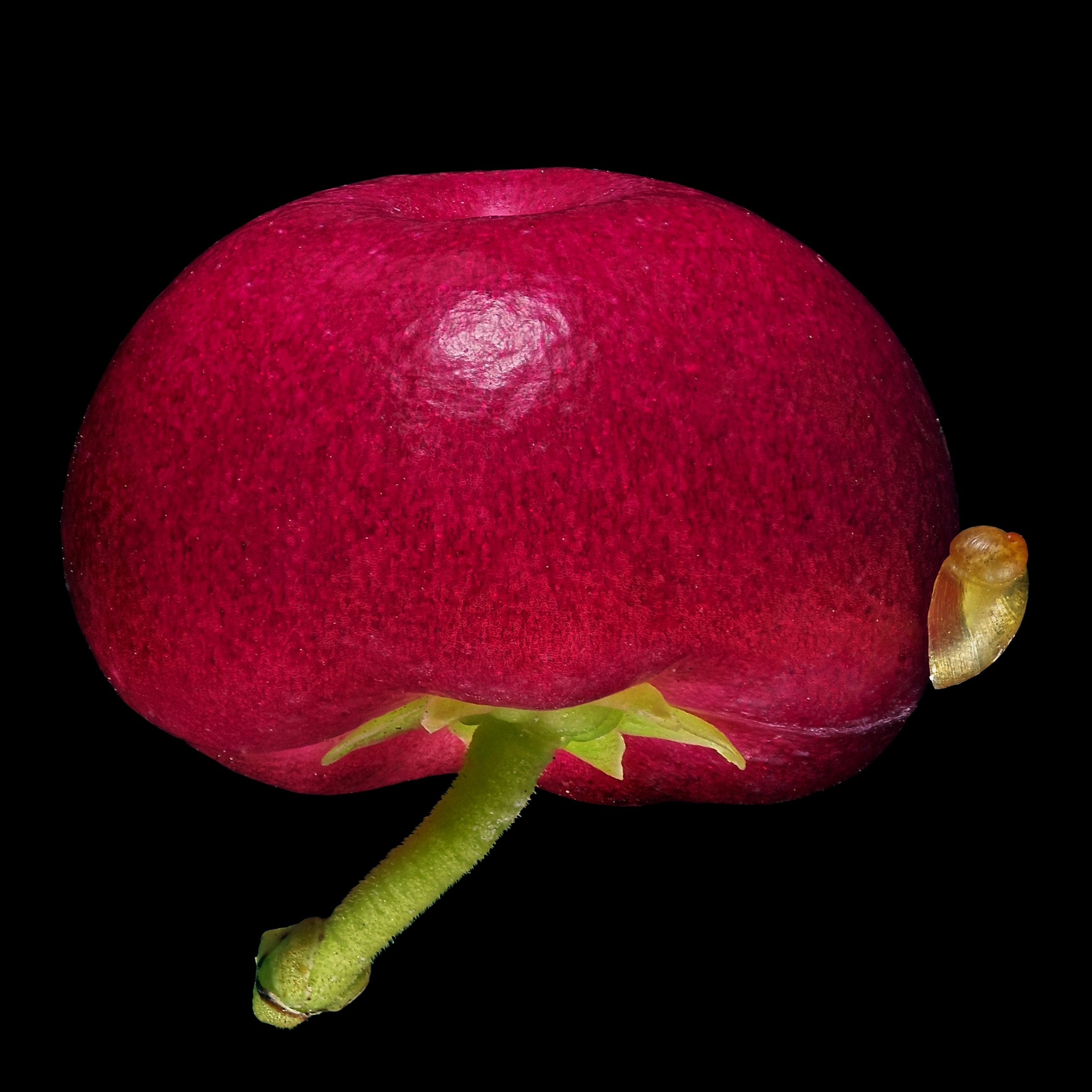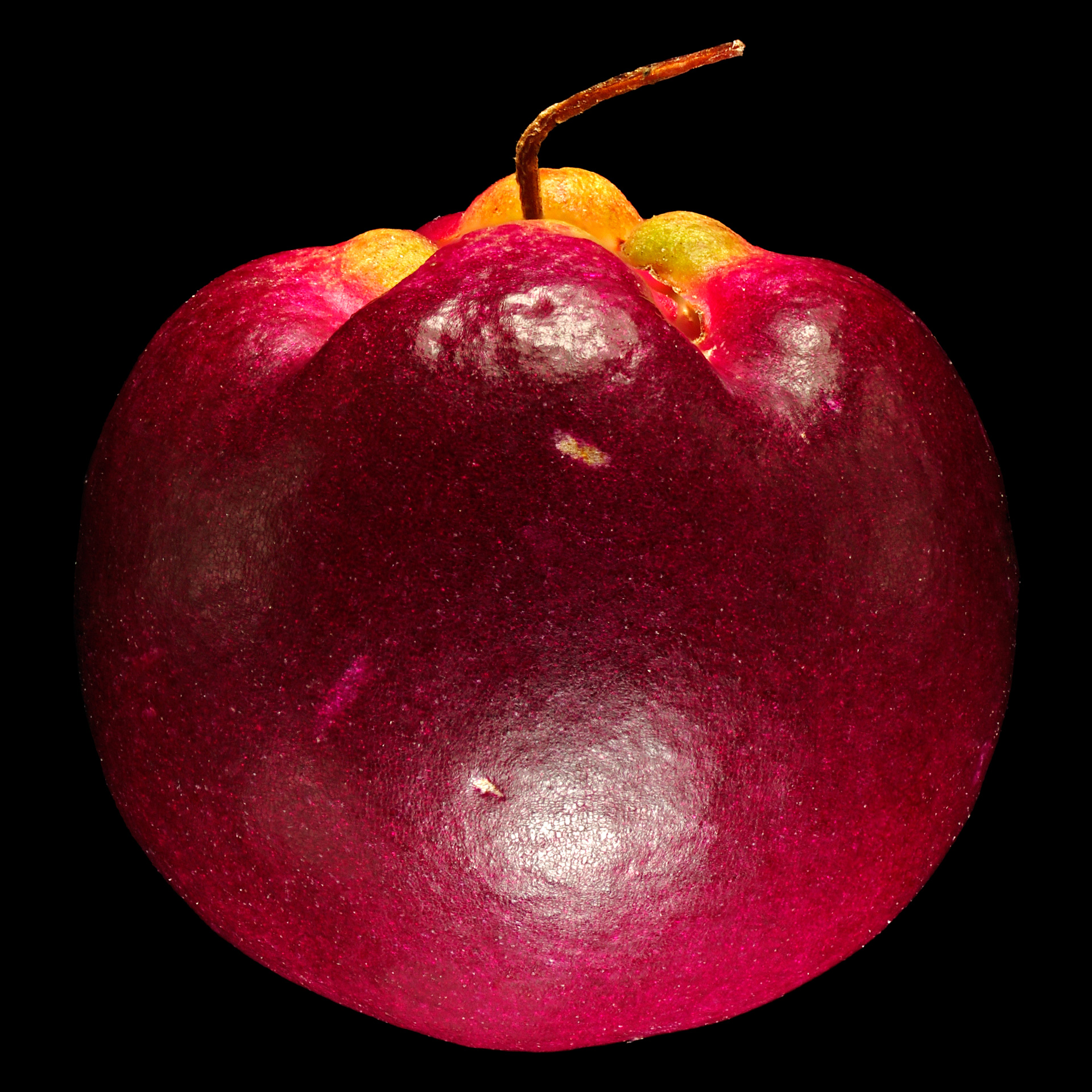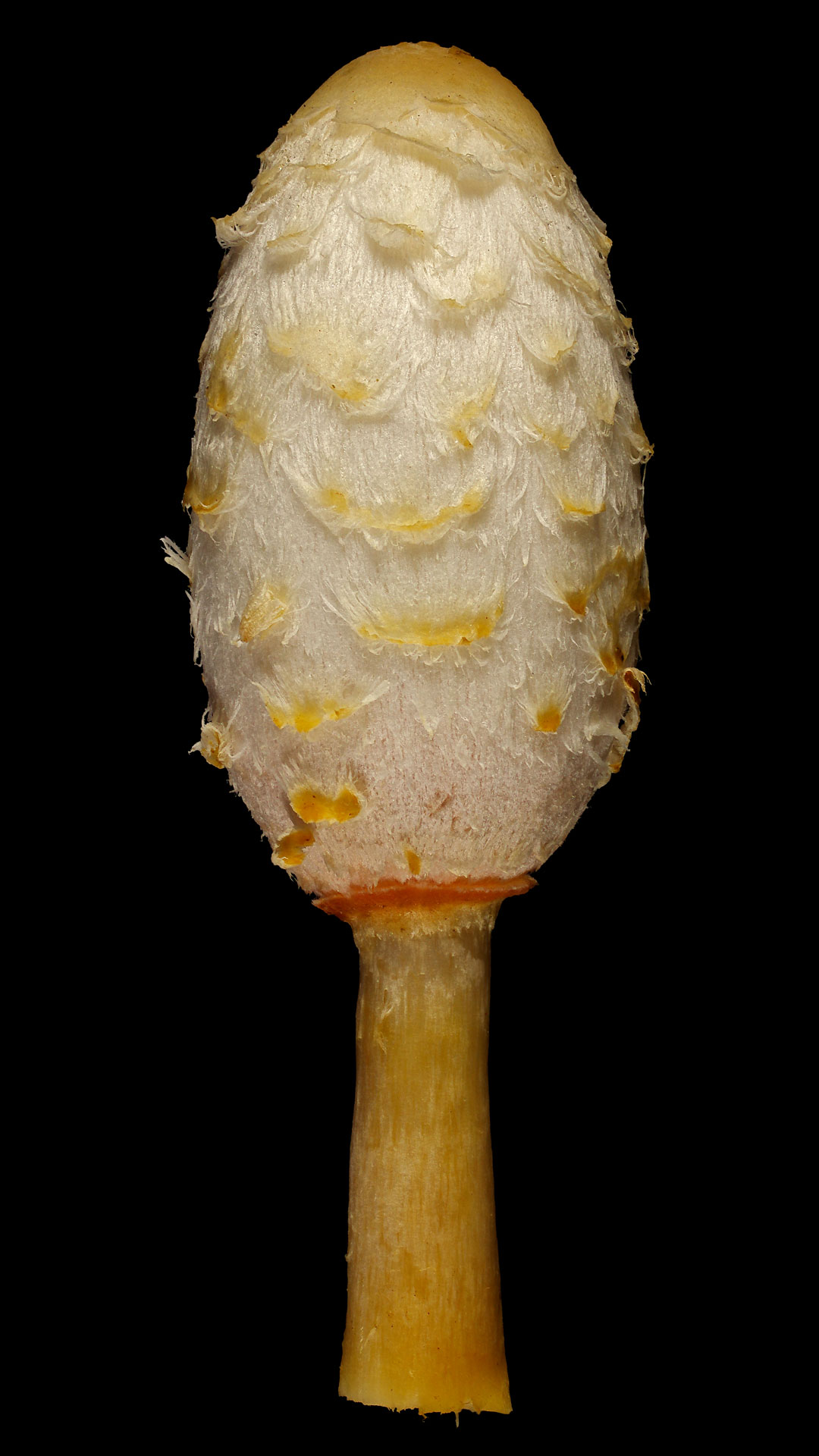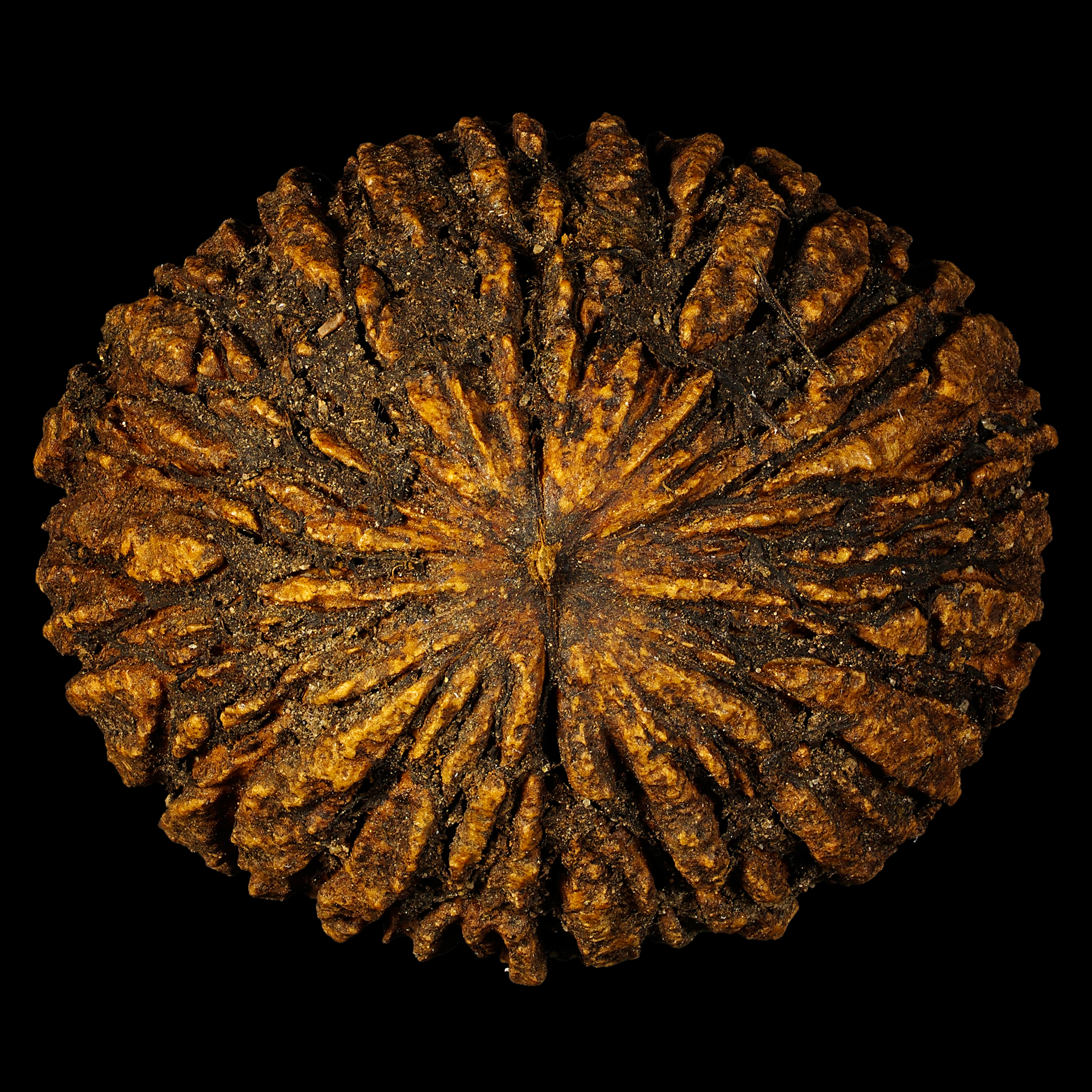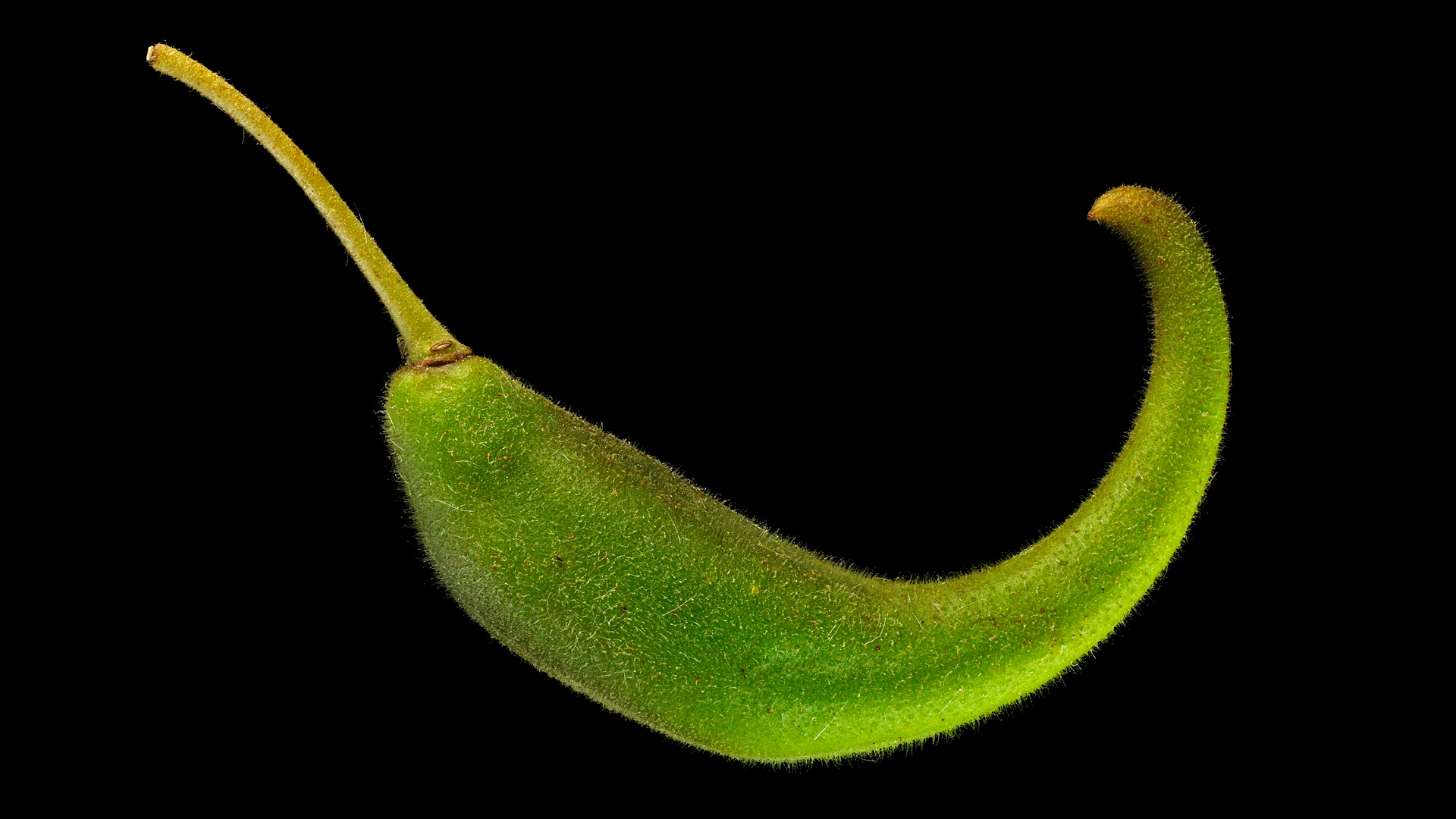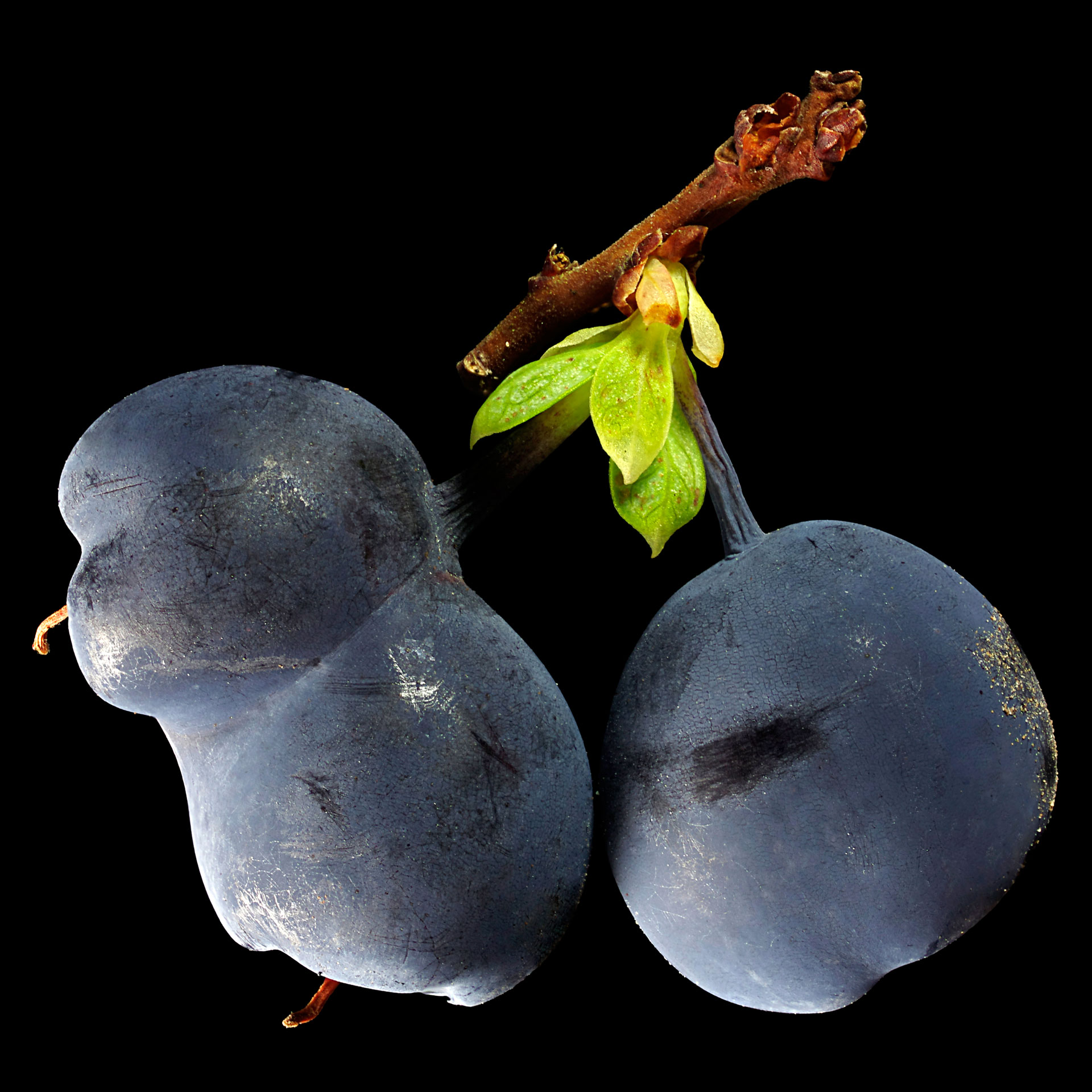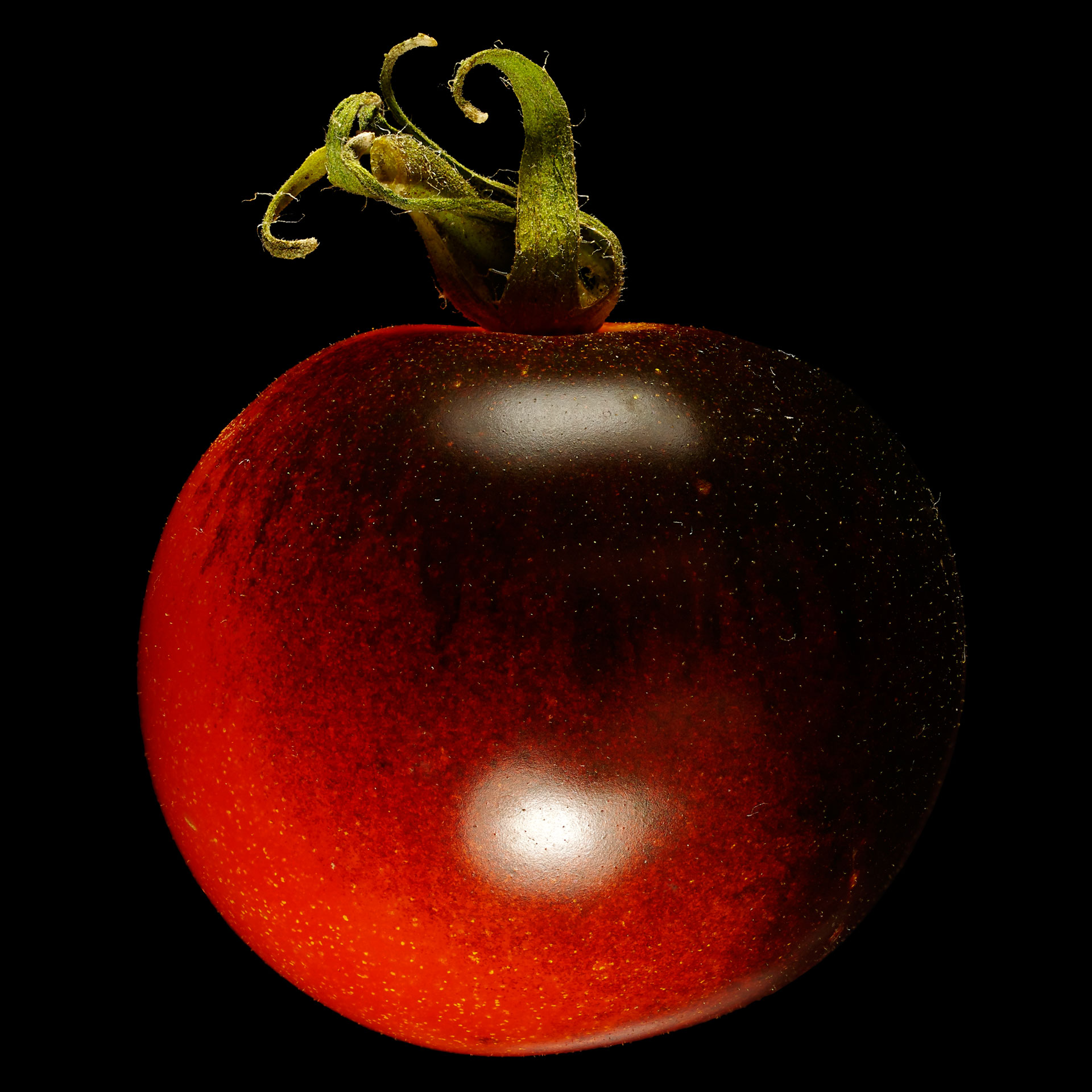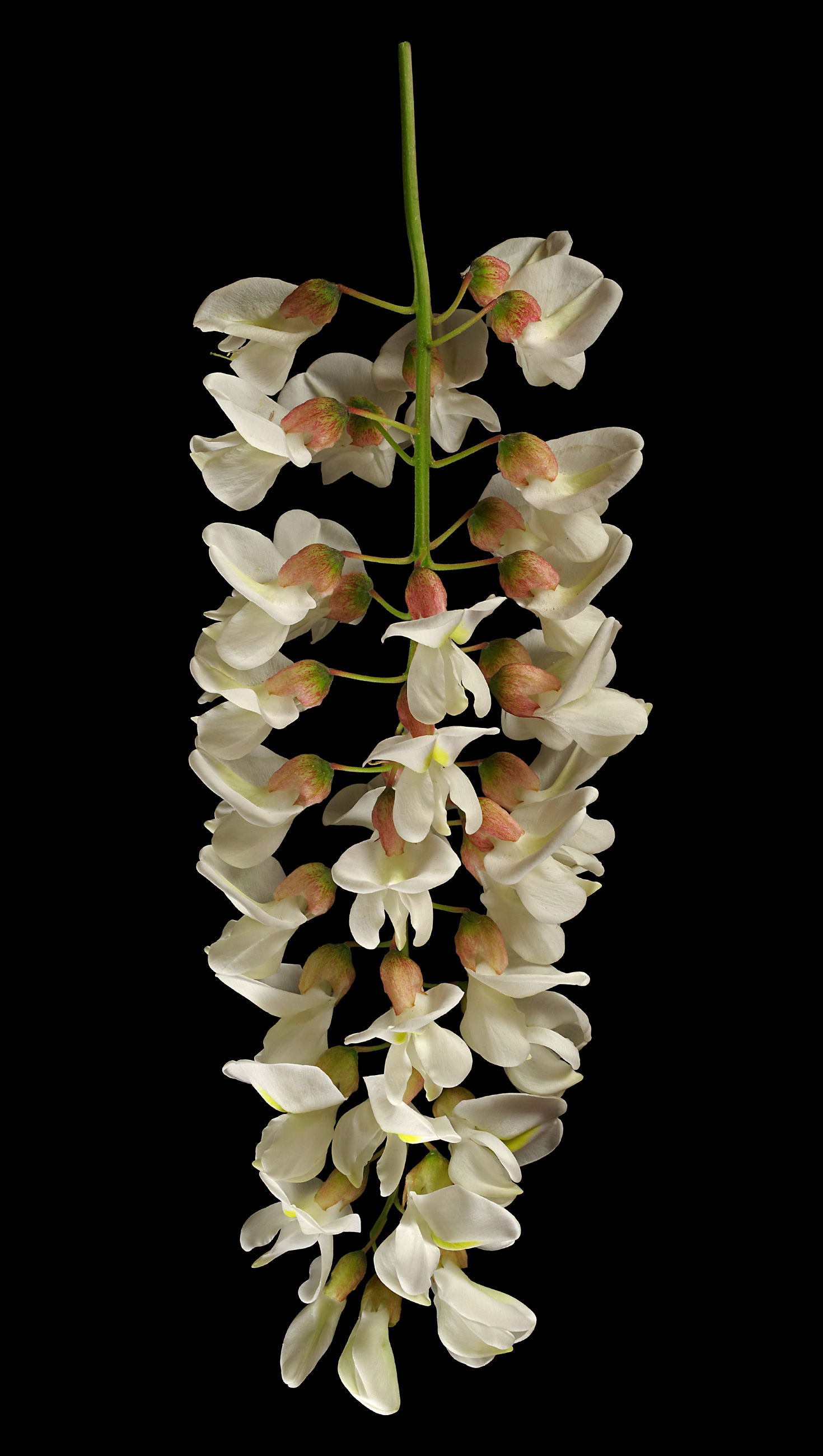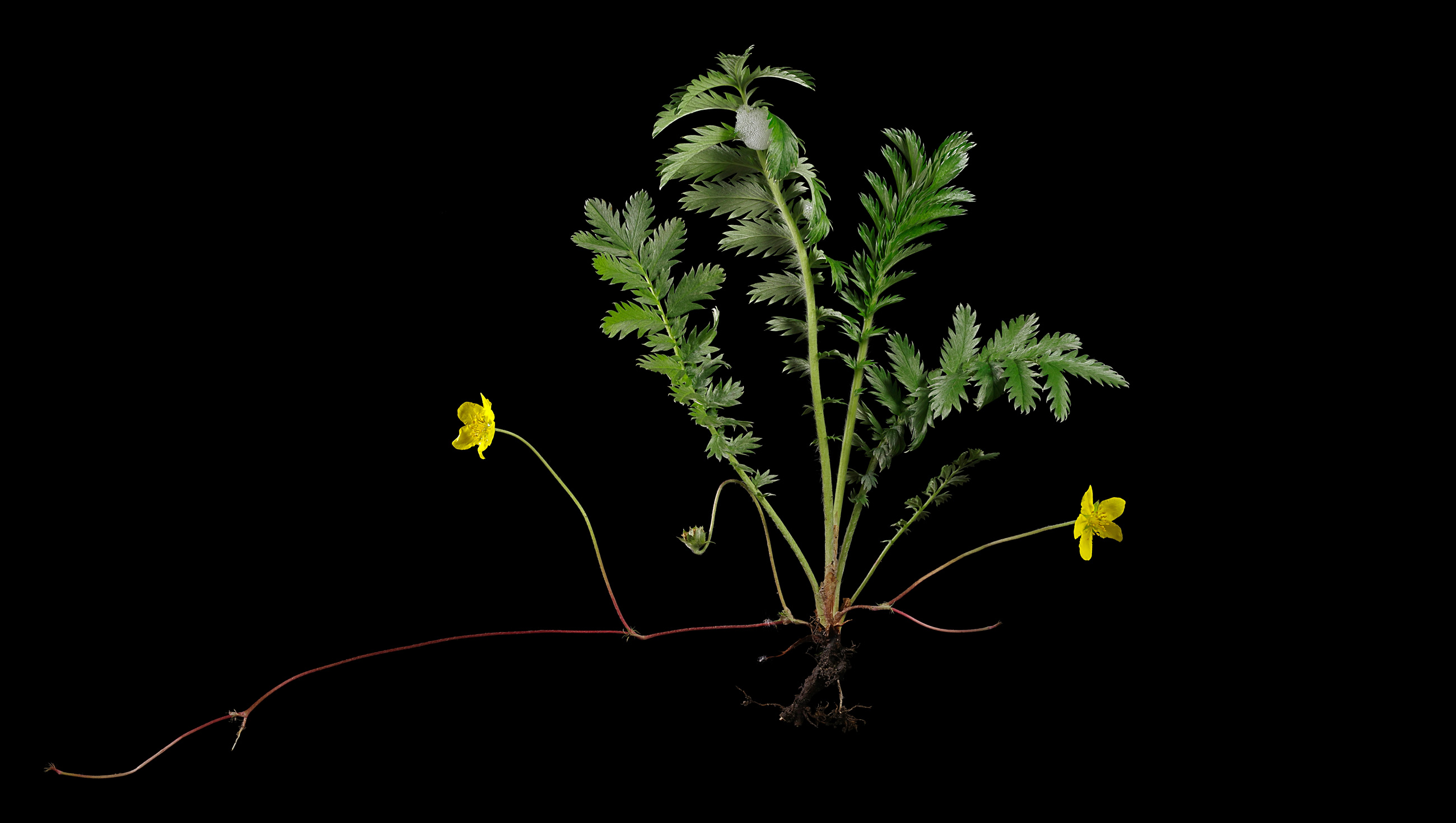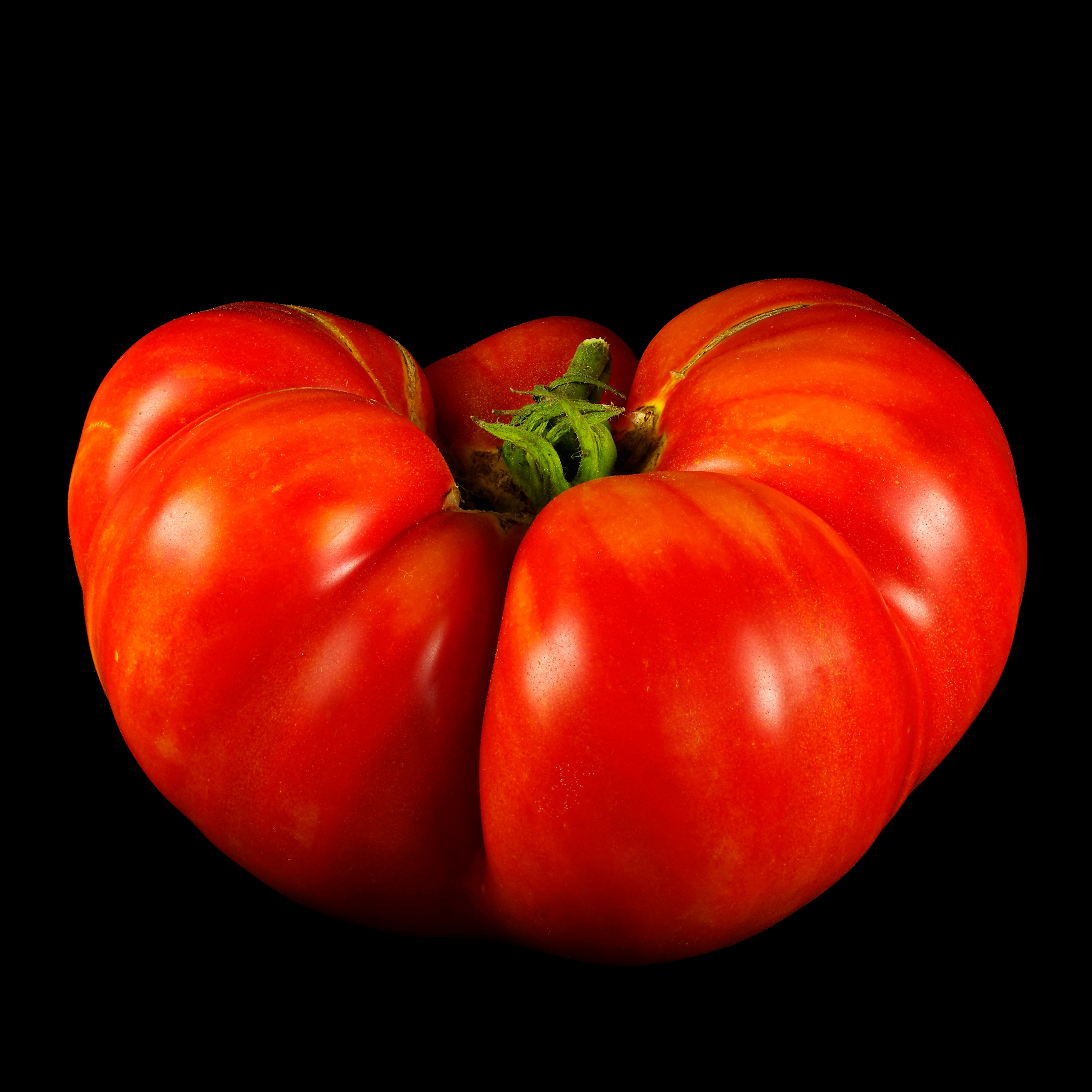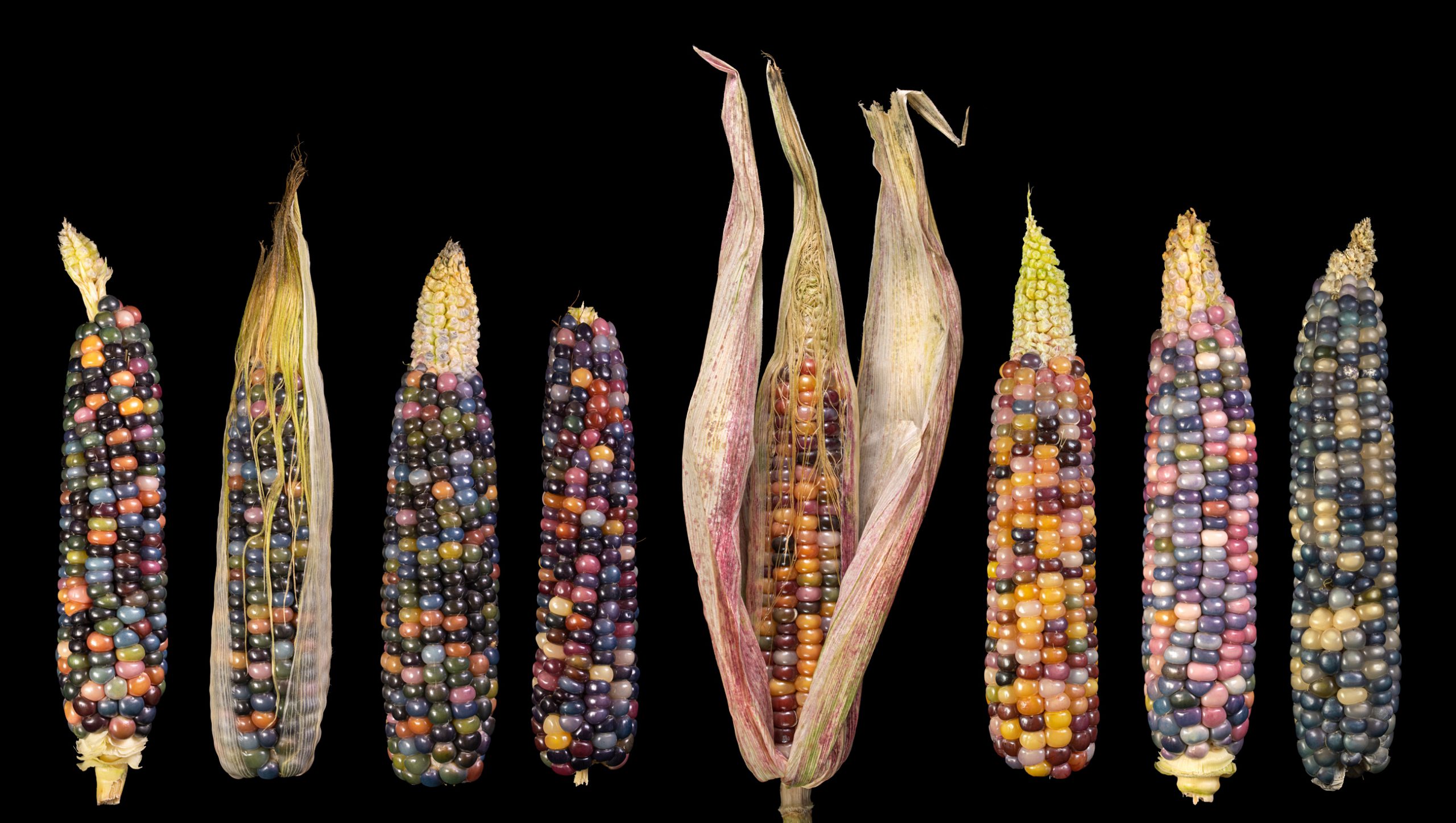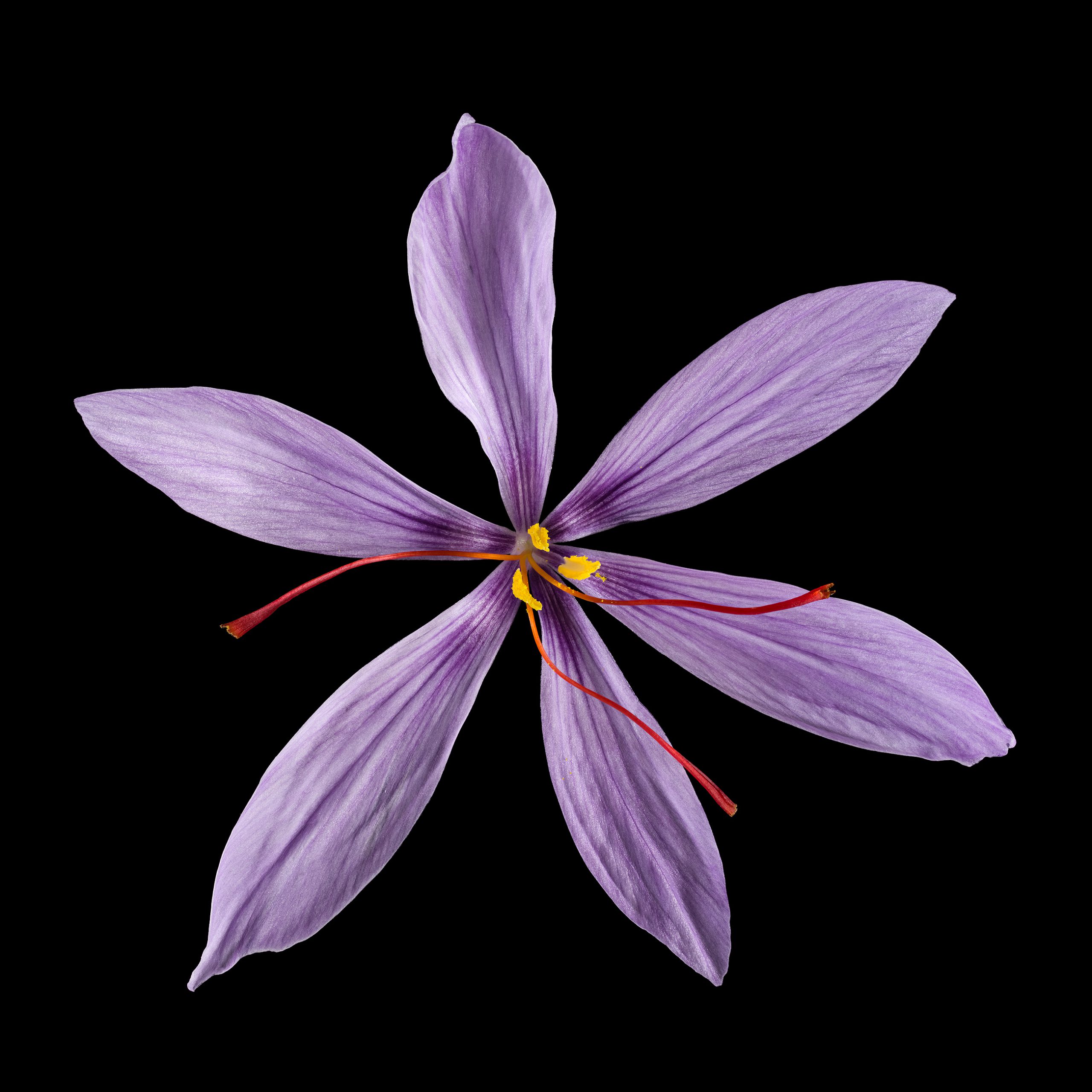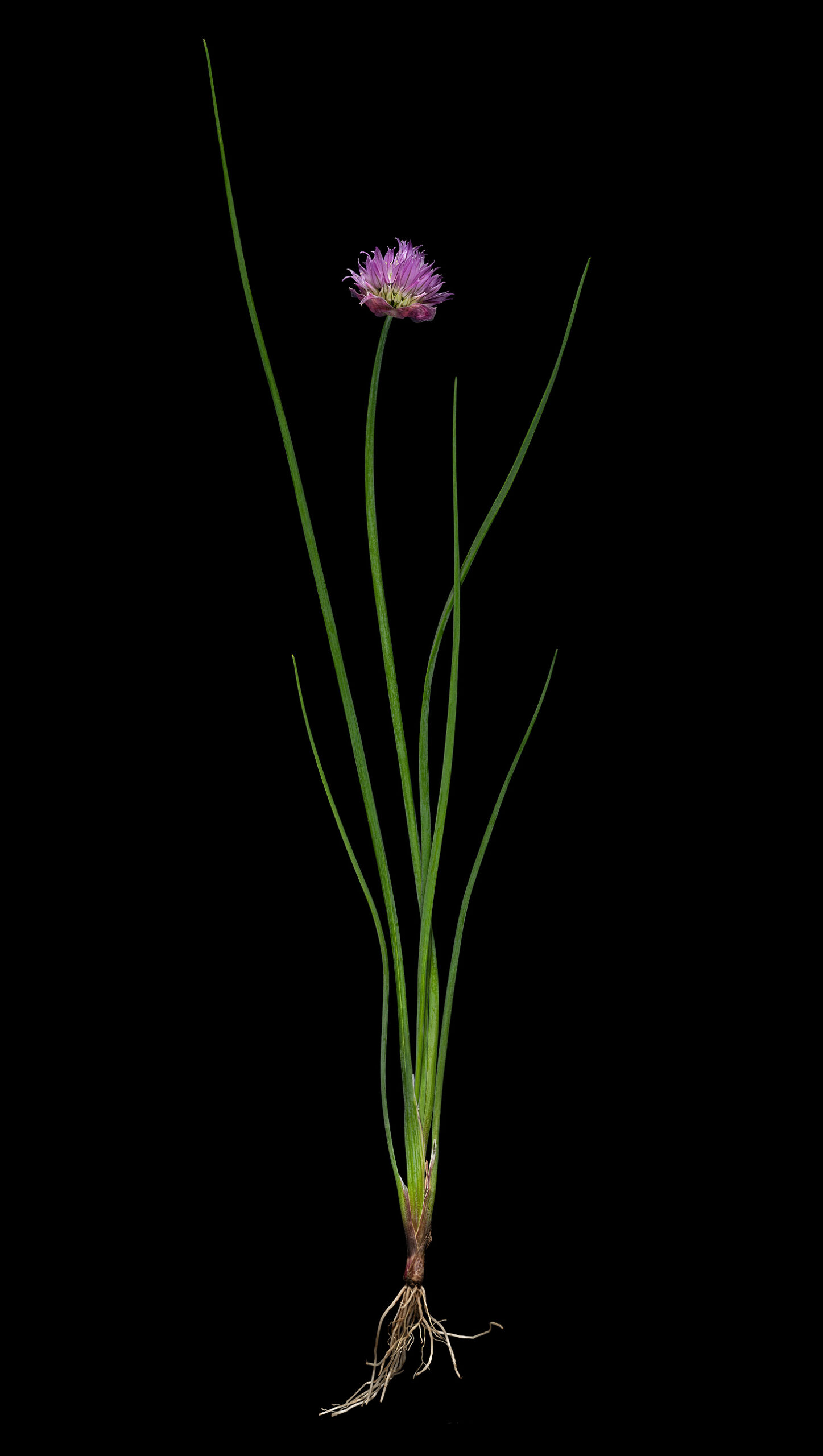Search Results for North-Andes
Almost all parts of the beautiful and fast-climbing stuffing cucumber are edible
The almost black seeds as well as the blood-red leaves are edible and dye red.
The tiny, lenticular amarant-seeds are extremely nutritious and contain a lot of protein. They can be processed into mash and various bakery products.
The large, delicate leaves of the Mexican pepper tree have a complex aroma that is reminiscent of the berries of black pepper.
In addition to pepper mixtures, pink pepper berries are sometimes found in chocolate, which gives them a slight pungency and a peppery aroma.
The black chokeberry contains many vitamins and other important substances in such large quantities that it has also medical significance.
The black-brown seeds can be used as pseudocereals similar to quinoa, for example boiled as a porridge and grounded to a flour as addition to baking flour.
The fruits are small, not particularly juicy and decompose easily, which is why they have not become established as a fruit plant.
The soft, juicy pulp tastes aromatic of fir, it is tart and resinous, yet very sweet.
Rosehips can be used to make fruit tea and Hagebuttenmark. Dried and ground, they even replace flour and can be mixed with it.
North American natives made tea from the leaves and also ate them as a salad. The inner bark was smoked like tobacco.
The Baby Boo pumpkin is hardly bigger than an apple. The firm skin is white, the firm flesh rather cream-coloured to pale orange.
Beef tomatoes are mainly used for cooking, they can be filled and baked or used in stews and sauces. Tomatoes are even suitable for jams – alone or mixed with other fruits.
Contrary to the green colour, the Green Zebra tastes, like many other types of tomatoes, pleasantly sweet.
The deep purple, black-looking flowers, however, taste very sweet due to the rich nectar they contain, so that they can be nibbled or used well in tea and on desserts.
Many do not know that the fruits of prickly heath, which are usually white, can also be eaten.
The fruits of the scarlet fuchsia are edible, taste sweet and a little pungent.
The Magenta Lilly Pilly is usually eaten raw, but can also be processed to a jam
The Shaggy mane is one of the few mushrooms for which no trip into the forest is necessary to collect them, because they are in our midst – even in big cities.
The Eastern black walnut is used in the USA as in Europe the common walnut.
In their original habitat, the immature fruits are eaten pickled or steamed.
The leaves can be eaten raw or cooked as leaf vegetables such as spinach. The black-brown seeds can be used as pseudocerals.
Bog bilberries can be freshly taken from the shrub or processed into jam, compote, liqueur and wine.
Indigo rose tomato belongs to the rather small-fruited varieties and can be eaten directly from the shrub.
The fresh flowers are often used in different countries as aromatic inflorescence vegetables or for jam.
The leaves of the black locust contain toxins, which is why they should only be eaten properly cooked!
The rather large fruits are steamed, roasted, stewed and baked, they can be filled.
In Tibet, the roots are supposed to be eaten comparatively frequently as a nourishing root vegetable. They can be processed fresh or dried for later use. The leaves can be chopped (because they are very fibrous) and added as wild herbs in salads or steamed in oil.
Pineapple tomatoes are one of the largest and heaviest tomato varieties. Individual fruits can weigh over 1 kg.
The whole herb, including the deep purple flowers, can be eaten raw as a salad or cooked as leaf vegetables.
The dried grains can be popped or ground into flour, but flour and popcorn are then no longer so colourful.
Saffron, the „red gold“, is a spice extracted from the flowers of the saffron crocus.
Chives are finely chopped or cut with scissors, and are used in herb butter, sauces and various other herbal preparations.



